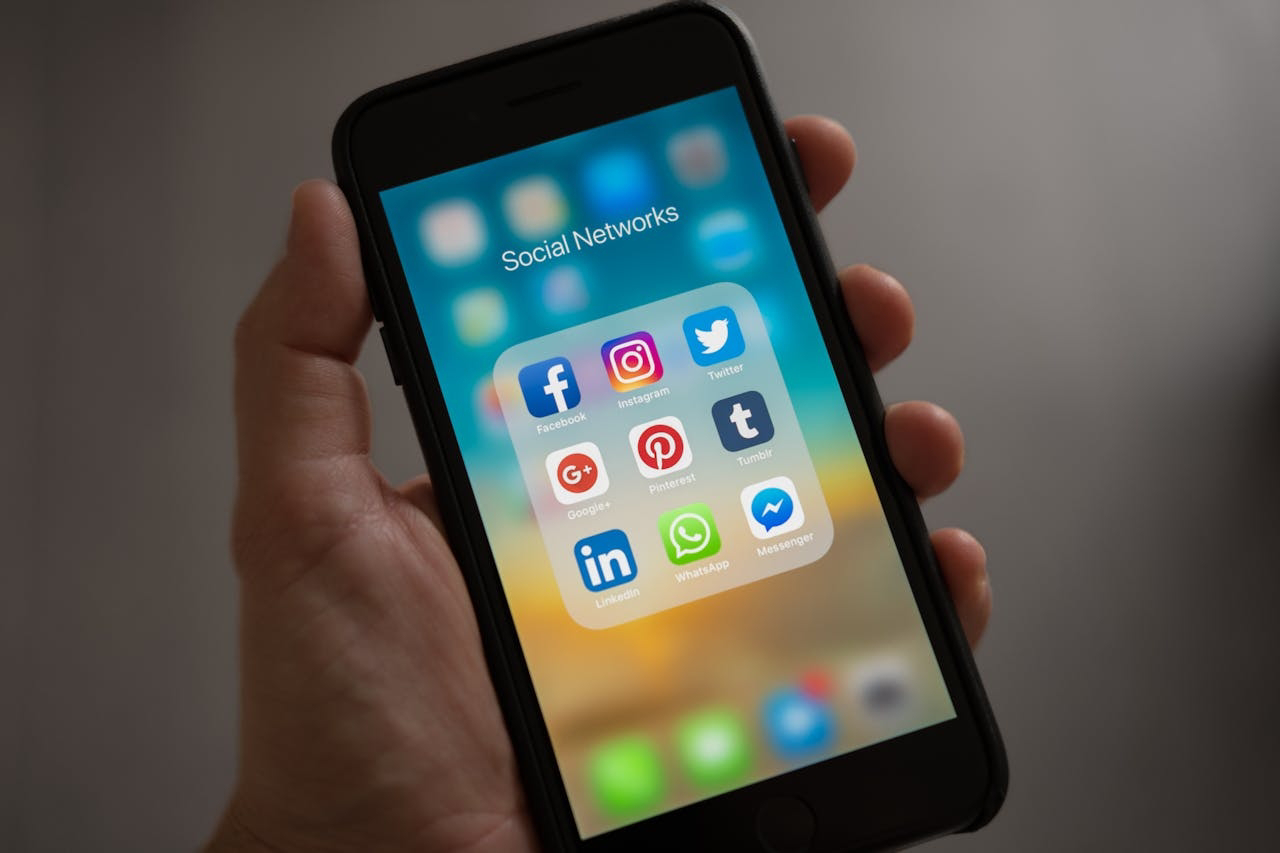The Way I Cut Down My Screen Time and Started Sleeping More.
With screens being everywhere in our society, it is possible to become addicted to technology nowadays. As a student, I was definitely one of those people who spent way, way too much time glued to my screen (especially in the evening). I began to notice that the time I spent on my devices was affecting my quality of sleep, energy, and concentration over time. I decided that enough was enough and I wanted to try and make a change! Below is how I managed to cut down on my screen time and improve my sleep, and how you can too.
Chapter 1: The Realization
Everything started when I began to notice how tired I was feeling on a daily basis in the morning. Even though I would typically go to bed at the same time, I never felt like I was getting enough rest. Every night my phone was the last thing I looked at before bed, and the first thing I looked at in the morning. I had to start tracking my screen time and when I learned I spent more than six and a half hours on my phone every day (mostly on social media, Snapchat, YouTube and random surfing on the web) I was very angry with myself.
Chapter 2: Understanding the Effects of Screen Time on Sleep
There is a significant amount of evidence that supports the detrimental impacts excessive screen time can have on quality of sleep. If not for the reasons just mentioned, consider another aspect: the blue light screens emit is known to suppress melatonin levels. Melatonin is the body’s sleep-regulating hormone that helps us fall asleep, however, when the brain perceives blue light it gets confused and perceives that it is still daytime, thus the brain will produce melatonin much later than normal. This can cause difficulties falling asleep, lighter stages of sleep, and a longer time spent awake and/or difficulty falling back asleep.
Secondly to the delay in melatonin production, screen time also has the effect of overstimulating the brain. Whether a person is watching high-speed video clips or scrolling through dramatic posts on social media, the mind remains active for some time after putting the devices to rest. Mental overstimulation does not assist with attempts to relax, fall asleep or obtain deep sleep with restorative time.
Chapter 3: Setting My Goals
If I wanted to obtain better sleep, I knew I had to limit my screen time. I set a goal to cut my daily screen time from over six hours a day to less than three hours a day. I also set a goal of no screens for at least one hour before bed. Both of these goals seemed very ambitious to me but I was determined to make a change.
Chapter 4: Start Small
I started small. Rather than be tempted by my phone first thing in the morning, I would leave it on the desk and get ready for the day first. At night, I moved my phone across the room to provide a little extra distance before I lied down.
I also made use of the screen time and app limit features that many phones offer. I limited my use for apps like TikTok, Instagram, and YouTube by setting a length for the day. These apps would lock after I reached my limit, unless I had the choice to override them. Giving myself that little bit of barrier encouraged me to pause for a brief second and ask myself, "Am I really ready to see more?"
Chapter 5: Making a Sleep-Friendly Environment
I began to try and make my bedroom a space for sleeping as opposed to a media center. I got rid of the TV, moved my phone away from the bed, and used very soft lighting. I also bought an analog clock so I would not need my phone as an alarm.
I also started a relaxing bedtime routine. About an hour before bed, I would dim the lights, drink some warm water and herbal tea, read a book, and play soft music or nature sounds. This routine allowed my body and mind to prepare for sleep without the disturbance of the screen.
Chapter 6: Finding Alternatives to Screen Time
To cut down my total screen time, I turned to offline activities I could enjoy. I returned to reading, tried journaling, and even ventured into drawing. These activities were screen-free, but also relaxing and fun.
I was replacing times I might be mindlessly looking at my phone during the day with mindful breathing or a nice stretch. I started listening to soothing instrumental music rather than watching videos while I was eating. I began getting outside more, which allowed me to reset my body clock and stave off the inclination to stay indoors while scrolling my phone.
Chapter 7: Coping with Social Influence and FOMO.
It was rough at first. Friends would send me messages in the evening, making me feel obligated to respond. I feared I would miss out on the group chats or funny videos.
I communicated my new boundaries. I notified small groups of close friends that I would no longer be active online after 8 o'clock. I also turned off notifications on most of the apps, so I wouldn't get sucked into engaging with things every time I heard my phone buzz.
Gradually, I got its result.







1 Comments
It helpful ❤️
ReplyDelete